Supporting young children’s learning and development through circle time
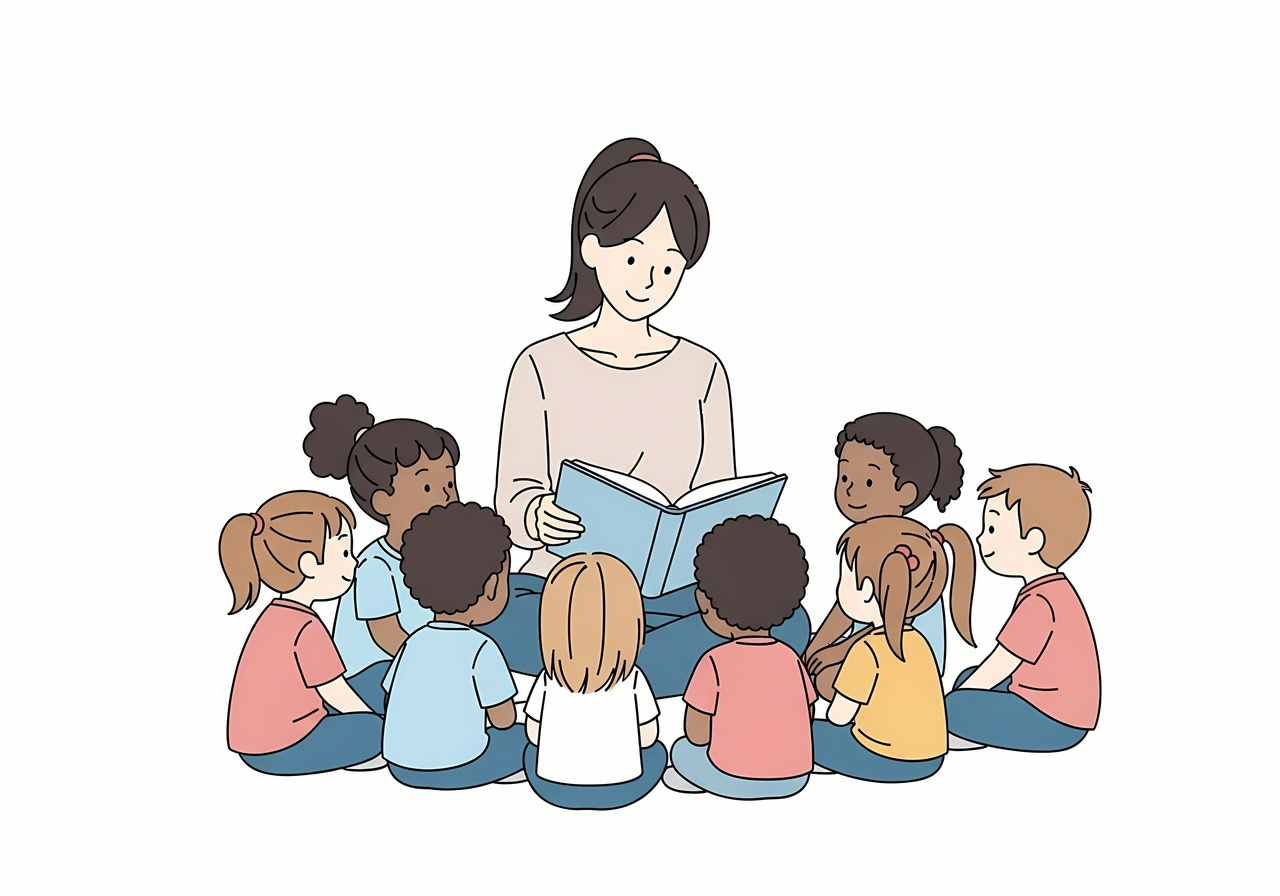
Introduction
In many early years’ settings, circle time is a familiar, daily routine for all children and practitioners. It is a designated, structured time where children gather with a practitioner to engage in discussions, sing songs and read stories. It provides many learning opportunities and experiences for young children, particularly in developing social skills, emotional awareness and supporting positive relationships with peers. However, when something becomes embedded into routine and daily practice, it can become easy to overlook why we do it. The aim of this article is to provide you with an opportunity to reflect upon the importance of circle time and encourage you to reflect upon your own practice.
What cycle time should look like
The name ‘circle’ time suggests that you should gather the children into a circle formation, however, this is not necessarily the case. Circle time can take many different forms and structures. The most important thing to remember about circle time is that it should be optional, flexible, short and engaging. Every child should be given a choice on how they sit or stand and how they participate. For consistency and to build a familiar routine, you should always try and keep the same area that you deliver your circle time in. Within the area you should provide a range of different seating options, such as cushions, wedges and chairs and allow children to stand if they choose to. Consider how children who use specialist equipment such as wheelchairs, standing frames and walkers can also access the area comfortably to ensure that all children feel included and can participate.
Although circle time is usually a whole class activity, for some children this may be too overwhelming and can create a barrier to their participation. Instead of having the whole class sit together, you may consider having several smaller groups to reduce the number of children to make it more accessible. It is also important to remember that although you should encourage children to join in with circle time, you should never make them. Alternatively, ensure that children know that you are giving them an open invitation to join and that they can choose to engage how they want to and can also leave when they want to. However, if you make your circle time fun and motivating, they are more likely to join and stay for the duration of it.
In terms of the duration of circle time, you should limit the time for infants and toddlers to a few minutes and predominantly focus upon singing songs and rhymes. For pre-school aged children you can extend the time to 10-15 minutes. You may decide to have circle time every day or several times across the week. However, this is just a guide, you should always use your knowledge of the children in your class and your professional judgement on how long and how often it is appropriate for them.
There is some debate around infants and toddlers engaging in circle time and some practitioners feel that it is only suitable for older children. However, if circle time is presented in the way that it should be: flexible, optional, short and engaging, I argue that it can be both suitable and beneficial for babies and toddlers learning and development. For this age of children, the aim of circle time is to introduce the concept of sharing the same space as other young children and to benefit from hearing songs and rhymes with a nurturing practitioner. As we will discuss further in this article, circle time can be an opportunity to engage in a range of shared activities such as letting babies and toddlers explore and share treasure baskets. As practitioners, where you have been trained, you could additionally use circle time as an opportunity for baby massage too. Not only are children learning about sharing their space with other children, but through activities such as baby massage, they are also developing an awareness of their own physical self and space.
How circle time can support learning and development
Primarily, circle time supports children’s personal, social and emotional development as it is a group activity, which encourages children to share their thoughts and feelings and encourages them to take turns. Circle time can also support young children’s critical thinking skills as group discussions can encourage them to think critically, ask questions, and work together to solve problems. In addition to this, circle time can support and promote each of the areas of learning and development within the Early Years Foundation Stage framework (DfE, 2023). Here are a few examples of how circle time can support each area of learning and development;
Personal, social and emotional development - in addition to encouraging children to share their thoughts, feelings and encourage them to take turns and to cooperate, circle time can also support children in developing their self confidence and self-esteem. Through providing a safe space where children feel valued, they are more likely to participate in circle time and share their thoughts and feelings. Furthermore, circle time can promote the development of children’s emotional literacy as it provides opportunities for them to discuss emotions and feelings, which can foster empathy and emotional understanding.
Physical development - during circle time children learn how to share their physical space with others. They are also gaining an awareness of their own bodies in relation to others in a shared space. In terms of more specific, planned activities you can encourage children to explore movement and how they can move their bodies in a range of different ways.
Communication and language - through promoting discussions, sharing stories and songs will support young children’s vocabulary growth and language acquisition. Through these activities you are also encouraging children to develop and refine their listening skills.
Literacy development - through sharing a range of books and stories during circle time, young children will learn what a book is and what the purpose of books are. You can encourage children to look at the pictures and point to things that they can see. Over time, they will begin to be able to repeat familiar words and phrases in their favourite books.
Mathematical development - during circle times you can incorporate specific number songs and rhymes, including finger rhymes. This will support children to learn the name and order of each number and begin to be able to count. For older children you can extend this further by having visuals of each number to support children in beginning to be able to recognize numerals.
Understanding the world - by encouraging children to discuss their own life experiences and families, they will begin to make connections between features of their own communities, their families and other families. In a safe and nurturing environment, they can learn about differences between people such as disability, race and religion. This will support children in having respectful discussions and sharing different ideas.
Expressive arts and design - you can encourage children to move their bodies to music in different ways. You can play slow music to encourage small and gentle movements and loud music to encourage larger, faster movements. You can also use circle time as an opportunity to support children in sharing their own creativity such as showing the group a drawing or painting that they have done.
Suggested activities
As with any activity and learning opportunity you provide for children, circle time should be planned to ensure that you have all the resources that you need, and it follows the interests of the children. Within my own practice, I used to ask each practitioner to take turns to plan and deliver circle time. I would also give them time to reflect on the effectiveness of the circle time and consider if they would do anything differently or how they could enhance the activity further. This ensured that the circle times continued to engage the children and supported their learning and development.
When it comes to circle time, we can easily fall into the habit of just reading the same stories or singing the same songs. Although reading stories and singing songs and rhymes are key activities to do during circle times, there are so many more things you can do as well. Here are a few suggestions of what you could do during your own circle time:
- Songs and rhymes - you could include visual aids to support children in choosing a song or rhyme
- Music - play different types of music and encourage the children to move to it
- Stories - you could read/share a picture book with the children or support them to tell their own stories. You could use resources such as story sacks or puppets to tell the story.
- Listening games - ask the children to close their eyes and a practitioner will make a sound using a musical instrument. The children then must try and identify the instrument that they hear.
- Feelings - support the children and using prompts if needed, ask each child how they are feeling. You can also use a teddy and label some feelings and ask the children what makes them happy, sad, angry etc. too.
- Discussions - you can choose a theme and encourage children to share their ideas and experiences.
- Mindfulness and relaxation - you can use circle time to encourage the children to lie down and relax. You could put on some gentle music and guide them through some simple breathing exercises. For infants and toddlers, you could do some baby massage to help them to take a moment to rest and relax. For older children you could practice some basic yoga together.
- Heuristic play - for infants and toddlers you could use circle time to introduce some natural objects and materials for them to investigate and explore.
These are just a few suggestions, and you may already have your own bank of activities and learning opportunities that you do. The takeaway point however is to think about what you already do and what else could you do to ensure that you are getting the most out of your circle times.
Conclusion
Circle time provides a great opportunity for young children to come together during the day with a practitioner to participate in stories, songs, games and discussions. During this structured group time, children can be supported in developing their personal, social, emotional and communication skills. Circle time can additionally support all areas of a young child’s learning and development, such as their cognitive development. However, you should ensure that circle time remains motivating and reflects the age and developmental stage of the children within your class. If your circle time is too long or does not capture the interest of the children, they will quickly become disengaged.
With any activity and learning opportunity you deliver to young children, it is always good practice to ask yourself why you are providing them and how does it support their learning and development. Once you have delivered an activity or learning opportunity, it is also beneficial to reflect upon the effectiveness of it and consider if the children were motivated and engaged and if they achieved the learning outcomes you intended. If they did then consider what you can do next to continue to support the children’s learning and development. If it did not go to plan, then take the time to reflect upon why it did not and what could you change to improve the opportunity. By asking yourself the ‘why’ and ‘how’ questions and reflecting upon the effectiveness of the activities and learning opportunities that you provide, you can enhance your practice and support the delivery of consistently, high-quality provision.

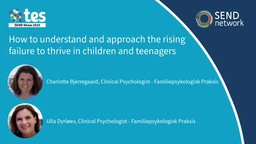
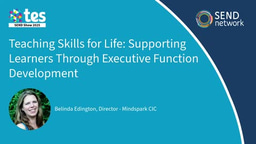
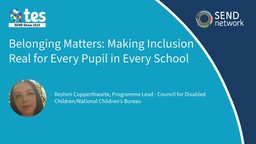
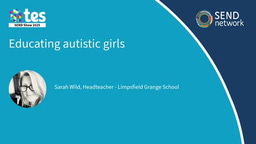
Please sign in or register for FREE
If you are a registered user on SEND Network, please sign in